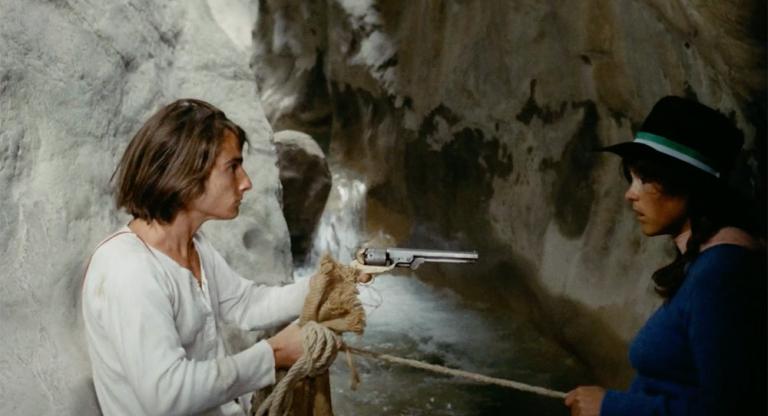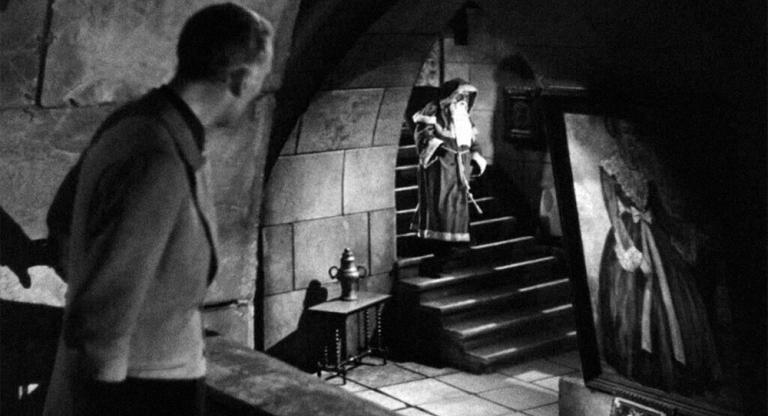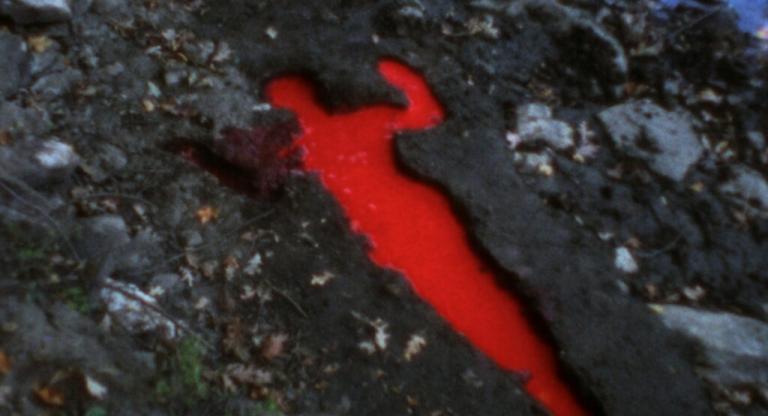Hong Kong New Wave before Hong Kong New Wave, The Arch (1970) by Cecile Tang Shu Shuen was one of the first Chinese-language films to receive international critical acclaim and ranks among Hong Kong’s most singular cinematic accomplishments.
A psychological Ming Dynasty drama about a woman bound by social conventions, Tang’s debut tells the story of Madam Tung, a widow who suppresses her requited desire for a cavalry captain on the eve of being bestowed a ceremonial arch in honor of her virtue. While the film follows certain tropes of classic Chinese period dramas, its sparse dialogue and emphasis on formal experimentation set it apart from the popular martial art epics that dominated the Hong Kong film industry throughout the 1960s. As the film scholar Law Kar writes in A Comparative Study of Post-War Mandarin and Cantonese Cinema, “the film started a revolution in spirit if not in practice.”
Shot in luminous black and white by Satyajit Ray's regular cinematographer, Subrata Mitra, and edited by Les Blank, The Arch uses varied forms of montage, freeze-frames, zooms, repeat cuts, superimpositions, and dissolves to convey the inner emotions and evolving psychological states of Madam Tung. A modern score on pipa—a Chinese lute known for its expressive sound and wide range of tones and timbres—permeates the film with a distinctively tactile soundscape that heightens the tension between the majestic landscape on view and the emotional turmoil of its heroine, played with expressive restraint by Lisa Lu. Much of this tale of forbidden love unfolds slowly and quietly until the film reaches its frenetic climax, in which Madam Tung unleashes all of her repressed desires, anguish, and despair with an act of violence. Tang constructs this haunting scene with a masterful montage of Freudian flashbacks in which she deploys all of the stylistic and formal devices used throughout the film.
Self-financed and shot between Hong Kong and Taiwan by a female director in a male-dominated industry, The Arch is now considered the first Chinese-language independent film. Despite its success on the festival circuit—the film played at Cannes and Locarno followed by a sold-out four-month run in Paris that was organized by Pierre Rissient—it was a commercial failure in Hong Kong, with a run that lasted only three days. Tang even had to hand-tint her original film because cinemas were no longer interested in showing black-and-white films. The film quickly fell into oblivion until its rediscovery in recent years. Though now considered a Chinese arthouse classic, this trailblazing gem remains underseen and under-recognized.
As for Tang, she remains an enigma. Her second film, China Behind (1974), was banned for thirteen years because of its bleak portrayal of communist China and she only went on to make two more films. In 1976, she launched Hong Kong’s first serious film journal: Close-Up, which stopped publishing in 1979. That same year, she abandoned filmmaking and moved to Los Angeles, where she became a successful restaurateur. Though film critics have consistently placed The Arch and China Behind on their “100 Best Chinese Films” lists, Tang has never looked back on the film career she left behind.
The Arch screens tonight at Light Industry.



